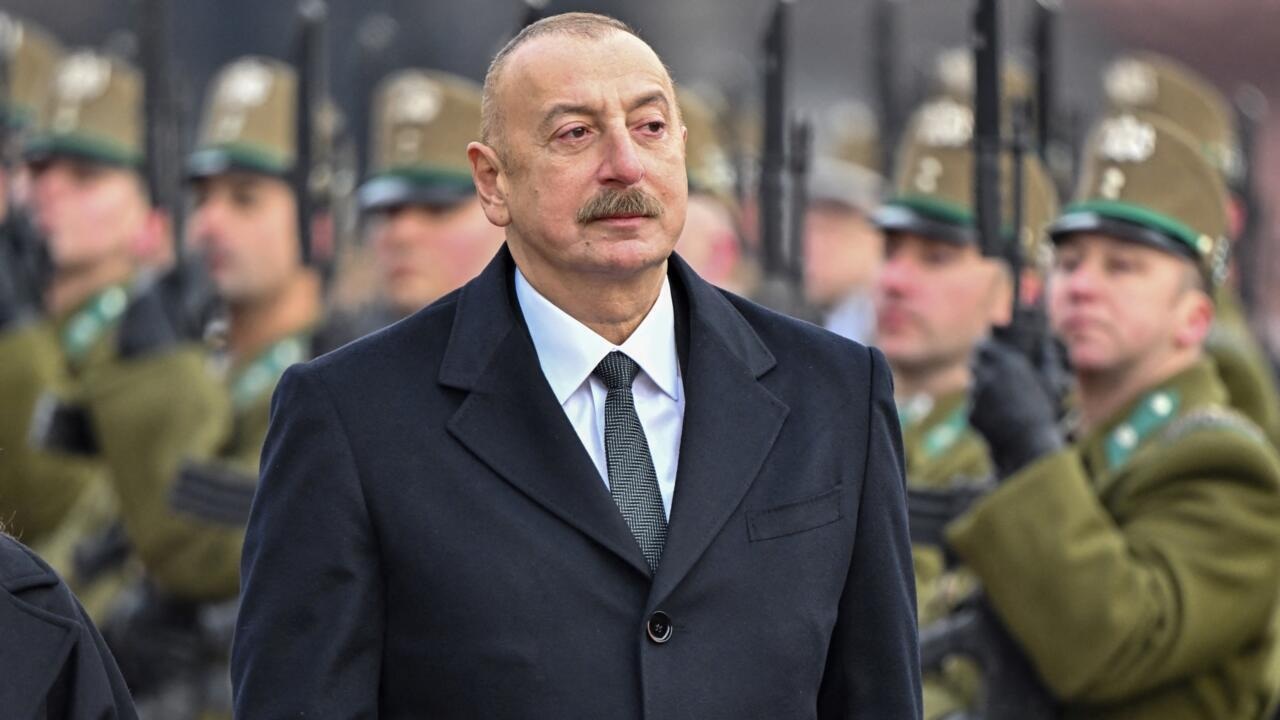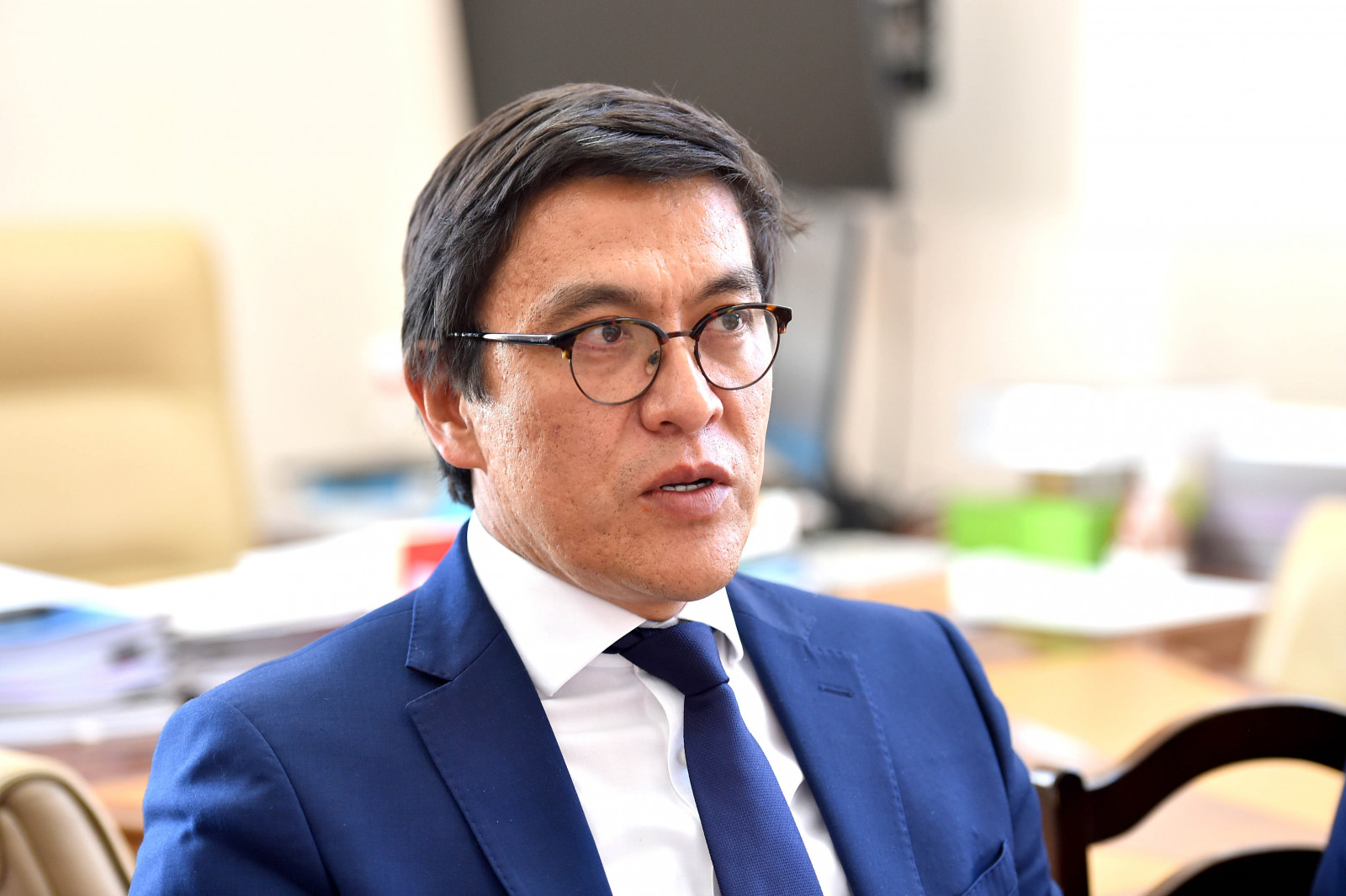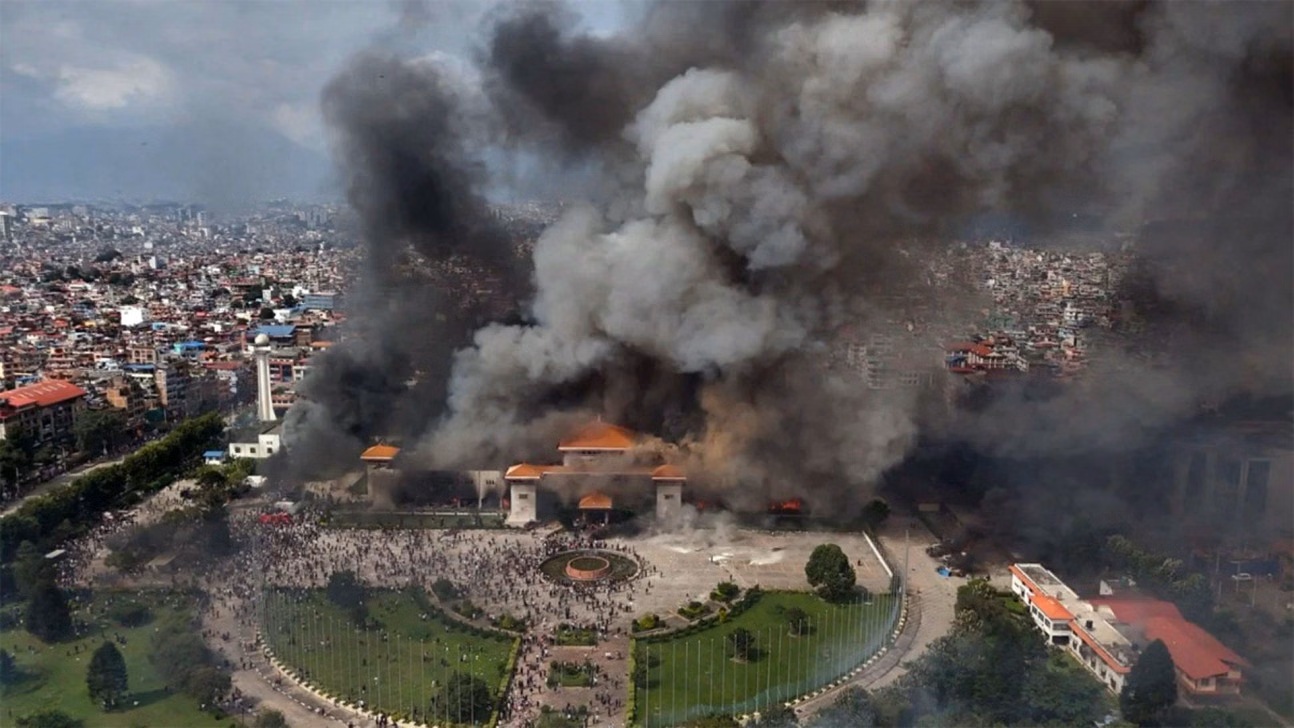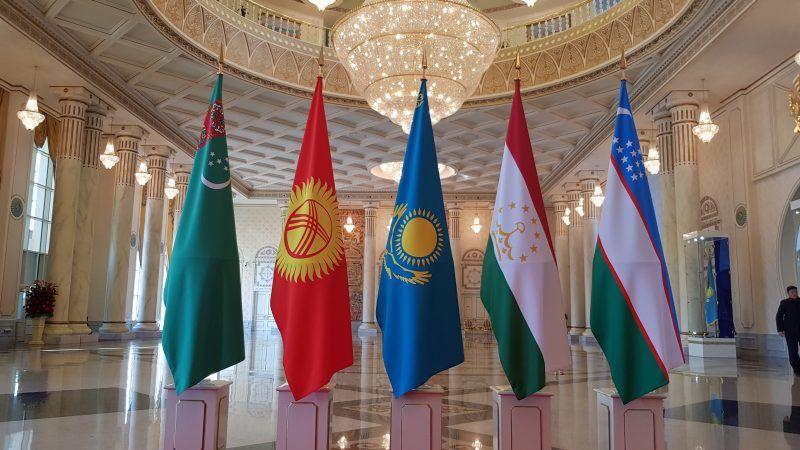
Spokesperson for the president, Sherzod Asadov, informed about the plans of the head of state for the current week.
“A number of events are on the agenda this week. In particular, it is planned to hold a presentation on the modernization of heat supply systems in Tashkent and a video selector on ensuring the pace of economic growth in regions and industries.
On Friday, President Shavkat Mirziyoyev will take part in the next consultative meeting of the CA heads of states, which will be held in the Turkmen city of Avaza,” Sherzod Asadov said at the briefing.
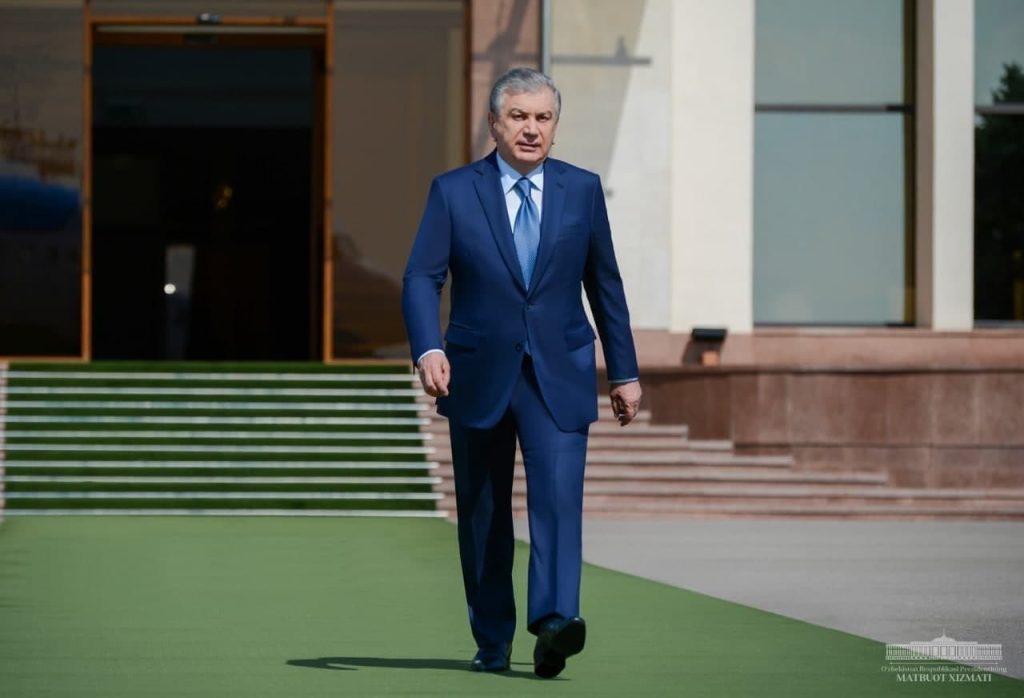
The second Consultative Meeting of the Heads of Central Asia States hosted in the Tashkent in 2019. The heads of four countries resolved to assign to Nursultan Nazarbayev the status of Honorary Chairman of the Consultative Meeting of the Heads of Central Asian States.
At the Consultative meeting, the First President of Kazakhstan expressed gratitude to Shavkat Mirziyoyev for the invitation to the high-level event and emphasized that the dialogue launched 2018 year in the capital of Kazakhstan opened a new page in the history of Central Asia. He flashed back to the history of cooperation between the Central Asian countries. In the context of pooling the potential of the meeting’s participating states to improve the well-being of the peoples of all countries, the First President of Kazakhstan proposed concluding a “Treaty on Good Neighborliness and Cooperation for the Development of Central Asia in the 21st Century”.
The Central Asia region (CA) comprises the countries of Kazakhstan, Kyrgyz Republic, Tajikistan, Turkmenistan, and Uzbekistan. It is a diverse region with a mix of upper middle and low income countries with major strategic importance due to their geographic location and natural resource endowments.
The countries of Central Asia share more than just geography; they also share a similar legacy and, more importantly, a common vision for the future. Hence, the World Bank is increasingly approaching the development challenges of Central Asian countries through a regional lens. Such an approach facilitates cross-border cooperation and knowledge sharing and strengthens dialogue and collaboration between the countries.
By Sher Karimov


